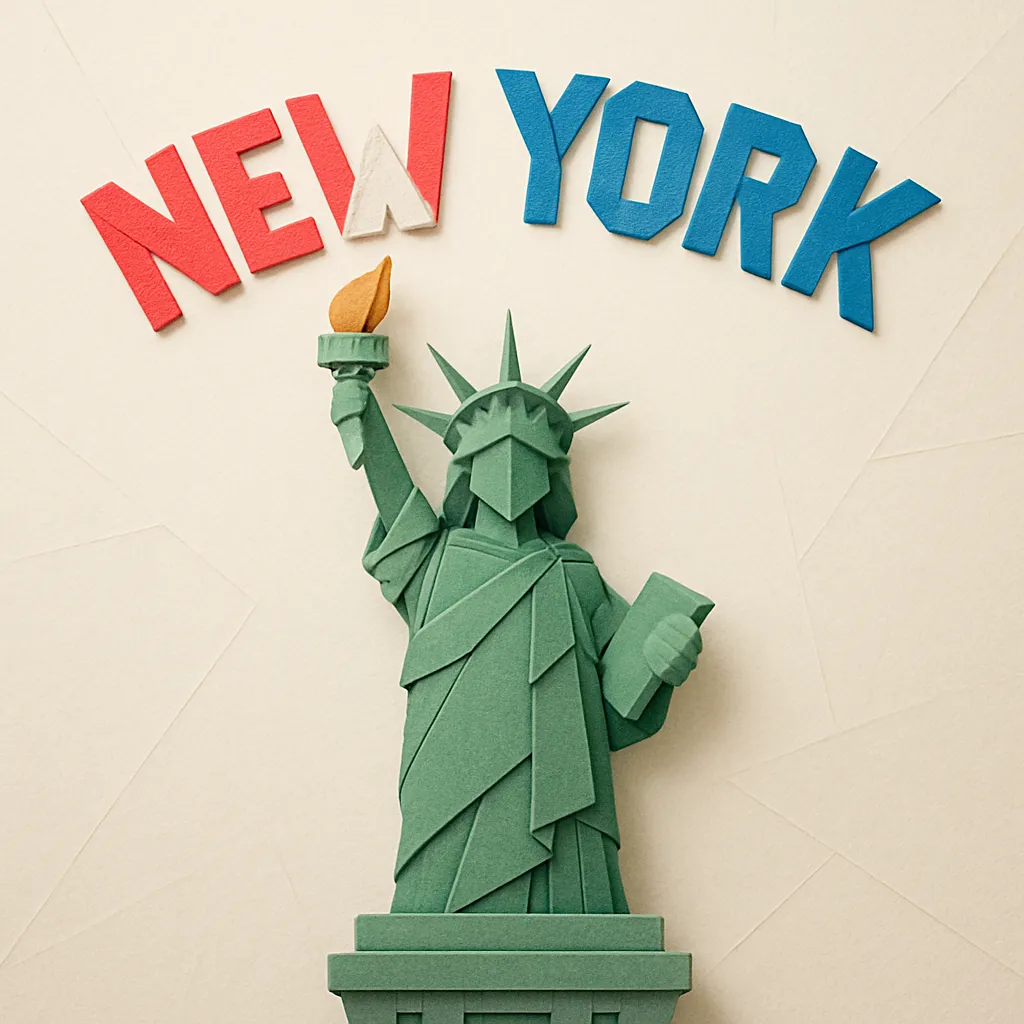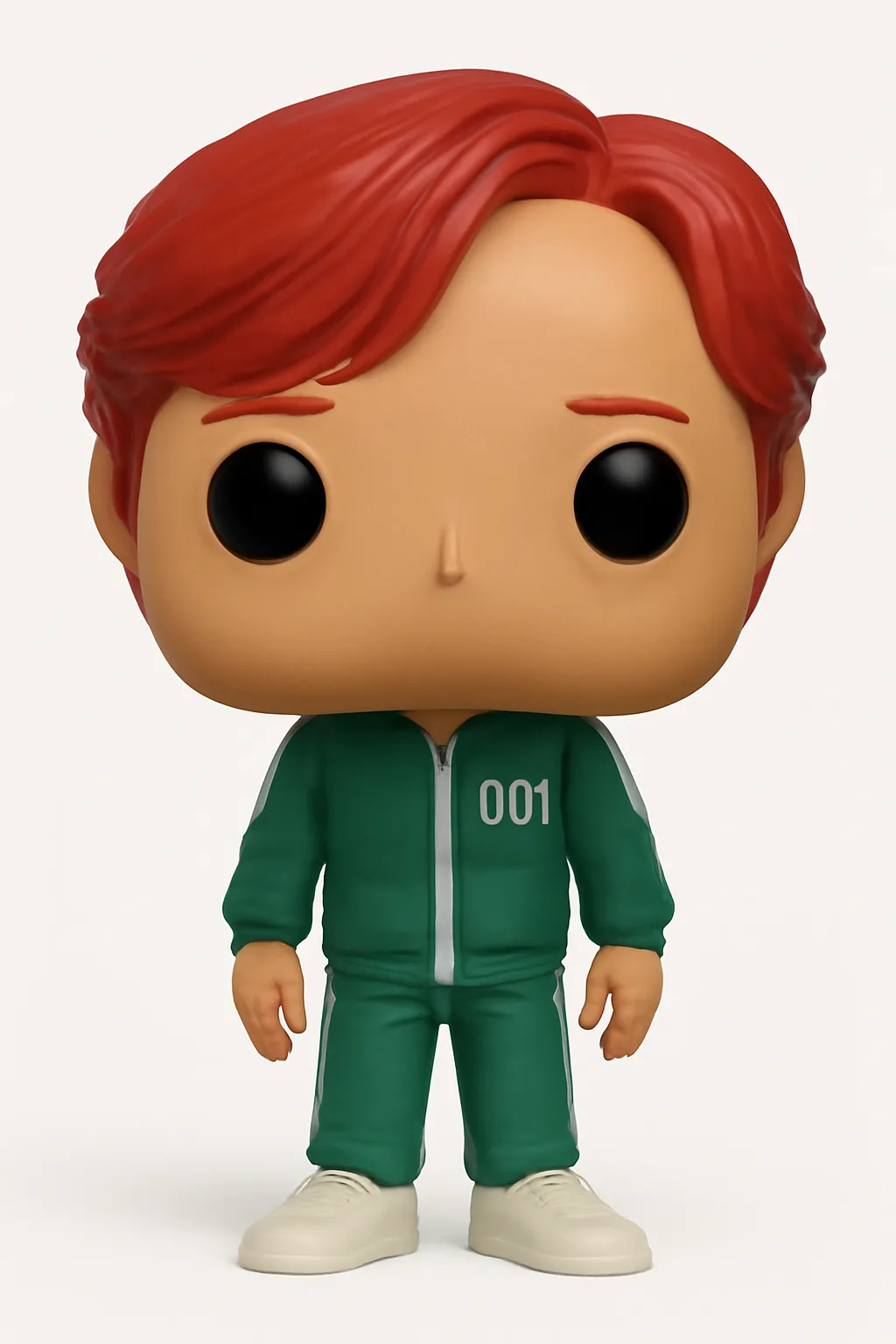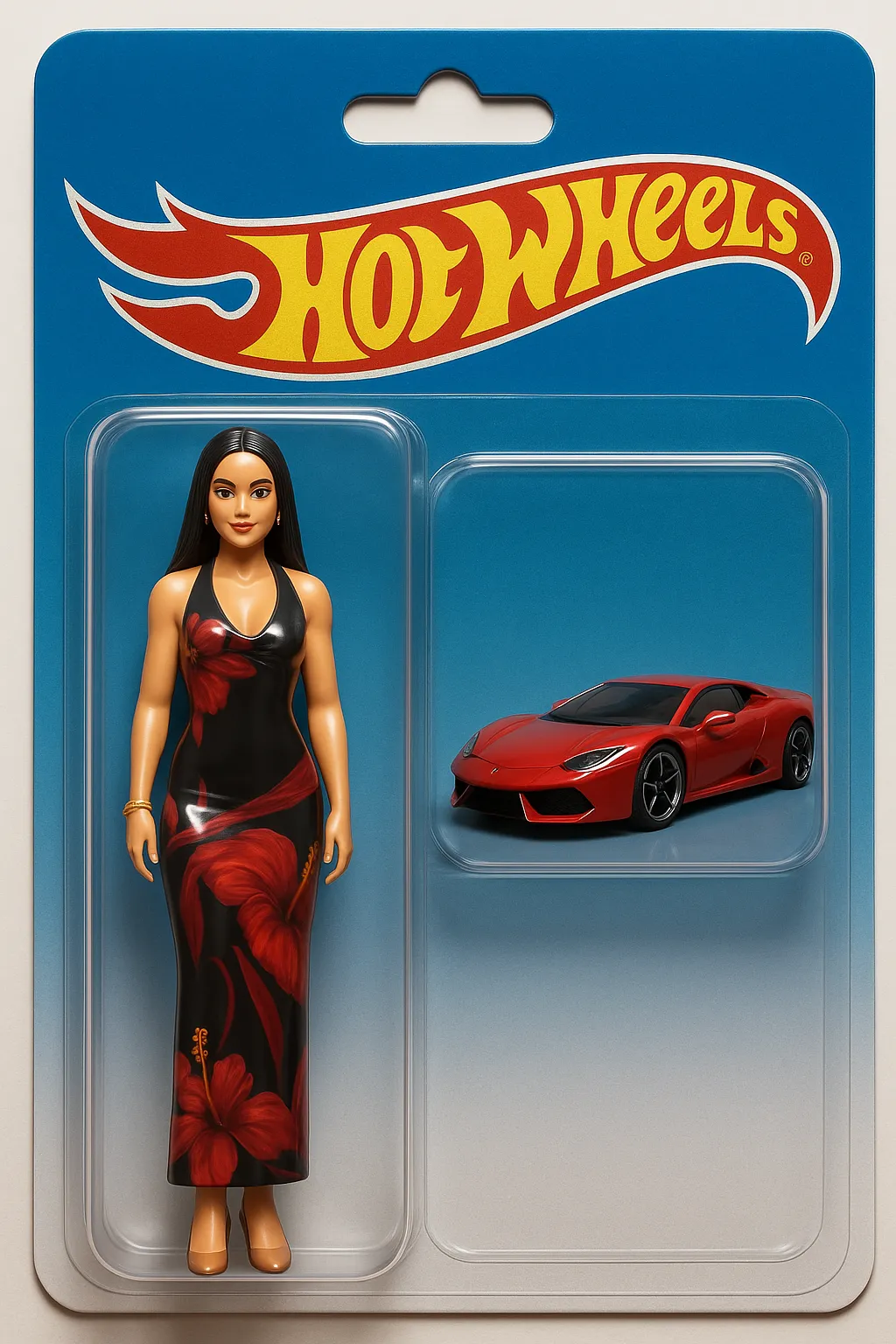System Analysis:
You have identified a desire to increase daily water intake but experience frequent forgetting, indicating reliance on memory/willpower rather than a structured system. Current environmental cues or habitual triggers for drinking water appear weak or absent. Without a consistent prompt or measurement, sustainable improvement is hindered. The challenge is primarily in creating subtle prompts and low-effort habits that bypass willpower and embed hydration into your daily routine.Kaizen Protocol:
- Microchange 1: Place one filled water bottle or glass within arm’s reach in one high-traffic location (e.g., workspace, kitchen counter). Ensure it’s visually obvious to trigger an automatic sip.
- Microchange 2: Link drinking one small sip of water to an existing, stable habit (e.g., after every bathroom break, take 2 sips).
- Microchange 3: Set a single daily environmental prompt—for example, a small sticky note on your computer or fridge that reads “Sip water now” to cue a deliberate sip at a fixed time (e.g., mid-morning).
Ritual Design:
Attach each microchange to an existing habit or environmental event:- Seeing the bottle in your line of sight requires minimal action and reduces friction.
- Bathroom breaks are frequent and stable; attaching “take 2 sips after washing hands” builds a reliable prompt.
- The sticky note acts as a time-based or location-based cue, not a willpower challenge but an environmental nudge.
Measurement Framework:
Track only one metric: the number of times per day you consciously take a sip of water as per the protocol (not total ounces). Use a simple tick box or tally on paper or a note app whenever you take your prompted sip(s). This keeps measurement low effort and focused on process rather than volume goals.Timeline Expectations:
Expect little noticeable change in hydration levels or subjective feeling in the first 2-3 weeks. The main effect is reinforcing the cue-action link. After approximately 30-45 days, the repeated micro-habit creates a stable system that can be scaled (e.g., increasing sips or adding time-based refills). Patience is critical as initial progress may plateau or feel invisible.Next Review:
Set a date 30 days from implementation to review the tick data. Examine adherence rates without judgment—identify if the cues are consistently triggering action or if friction remains. Analyze which microchange has the highest completion rate and determine if one cue can be strengthened or paired with an additional trivial action for more coverage. Avoid increasing efforts prematurely.
Inputs used
Kaizen Habit Architect
A system based self-improvement prompt built on the Kaizen philosophy. Focuses on tiny, trackable habit shifts that compound over time no motivation or hacks required.
Prompt body










